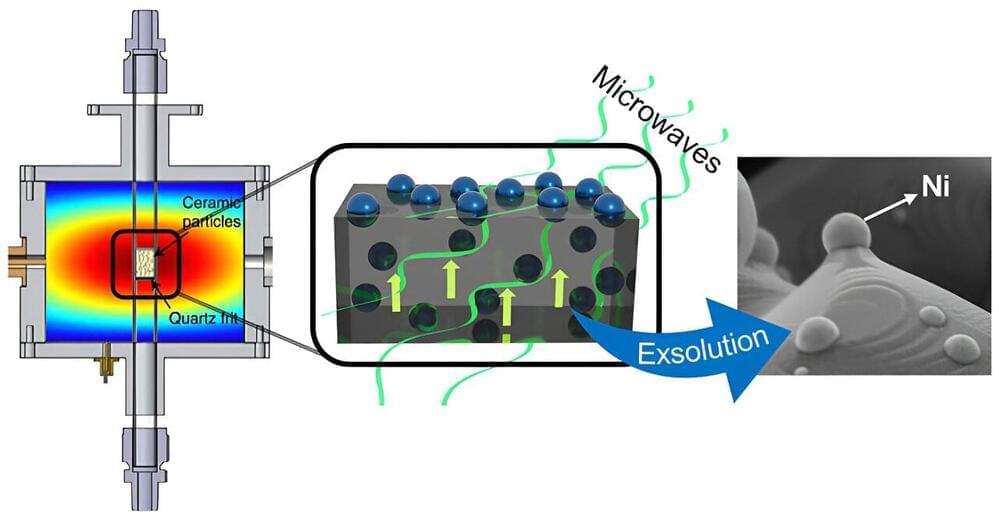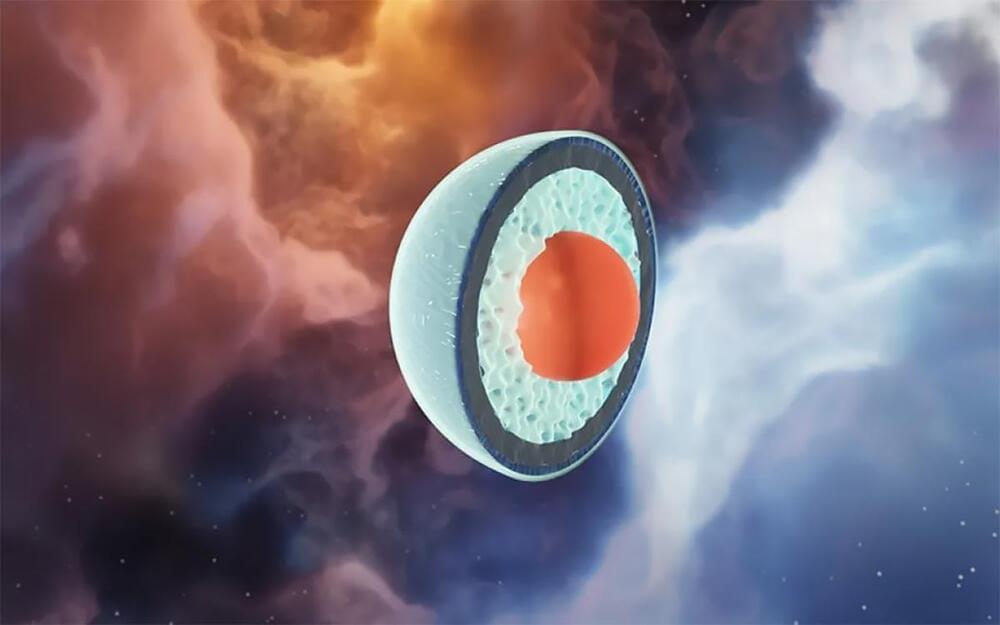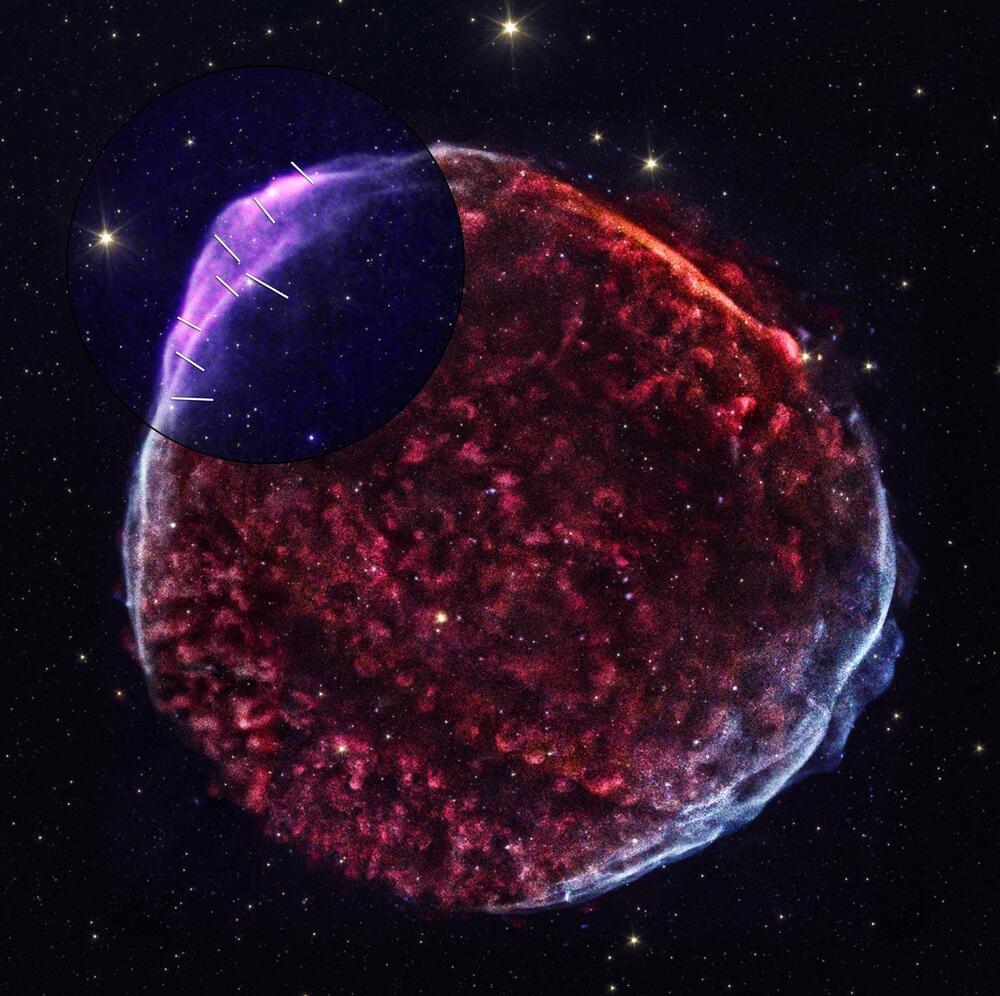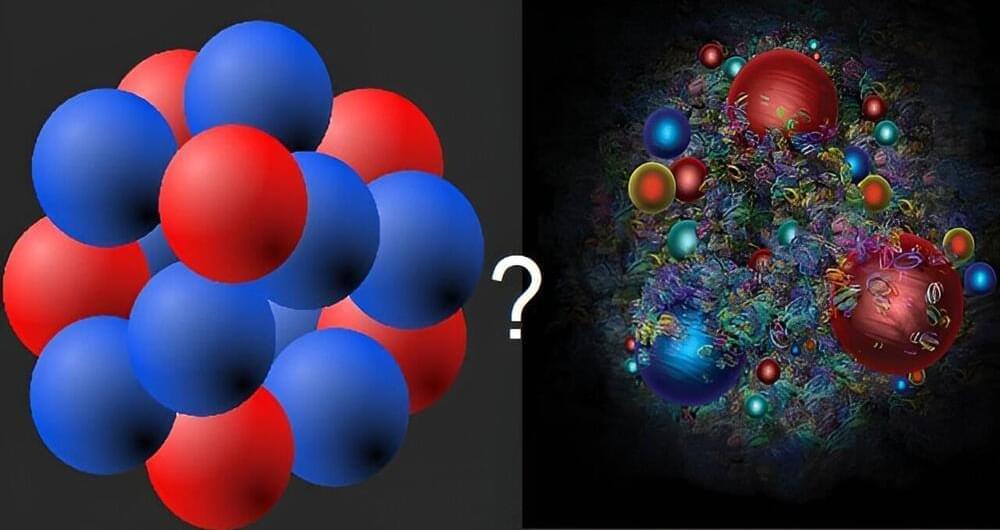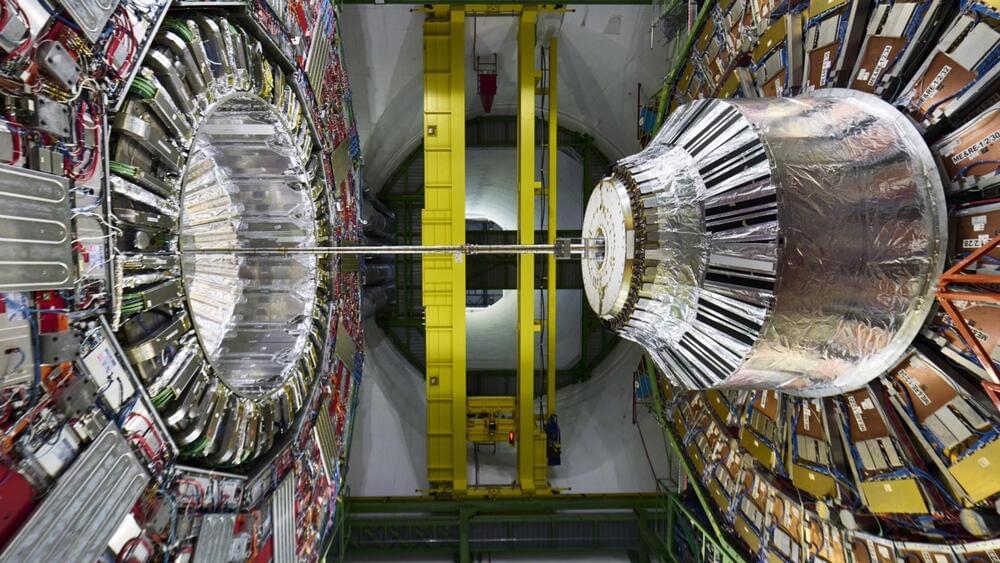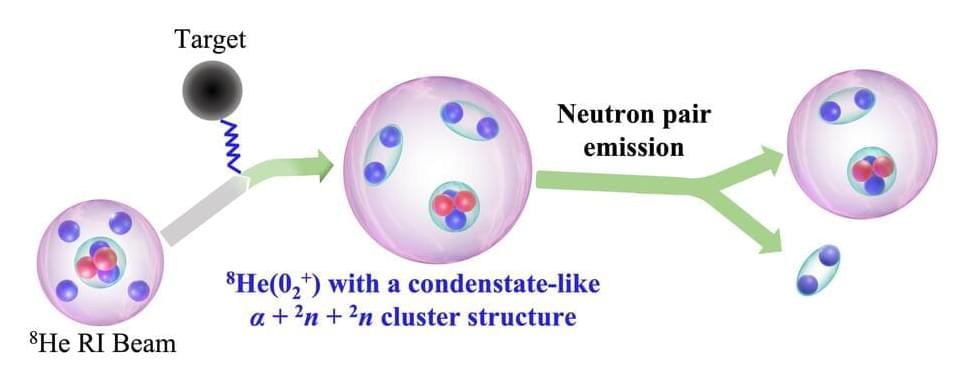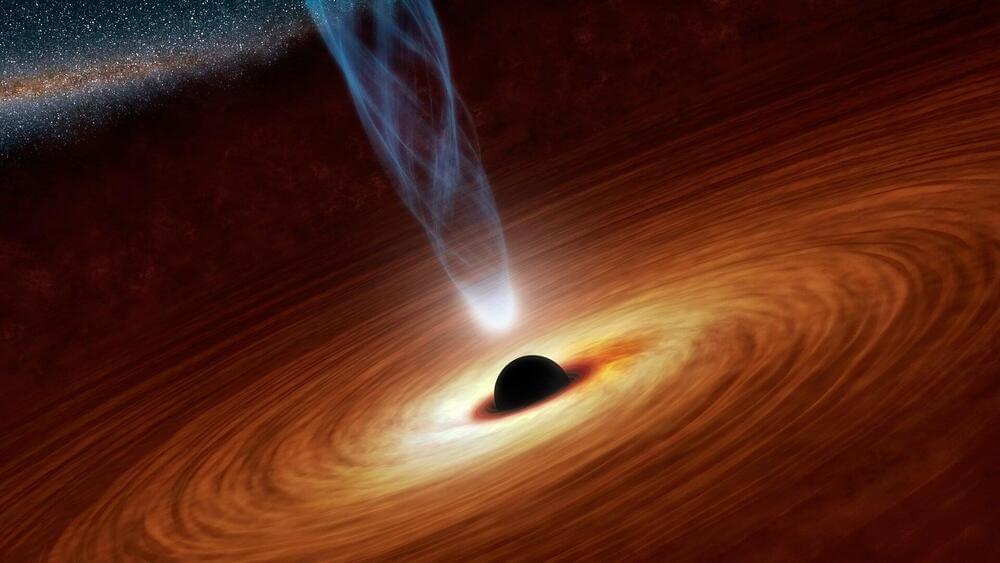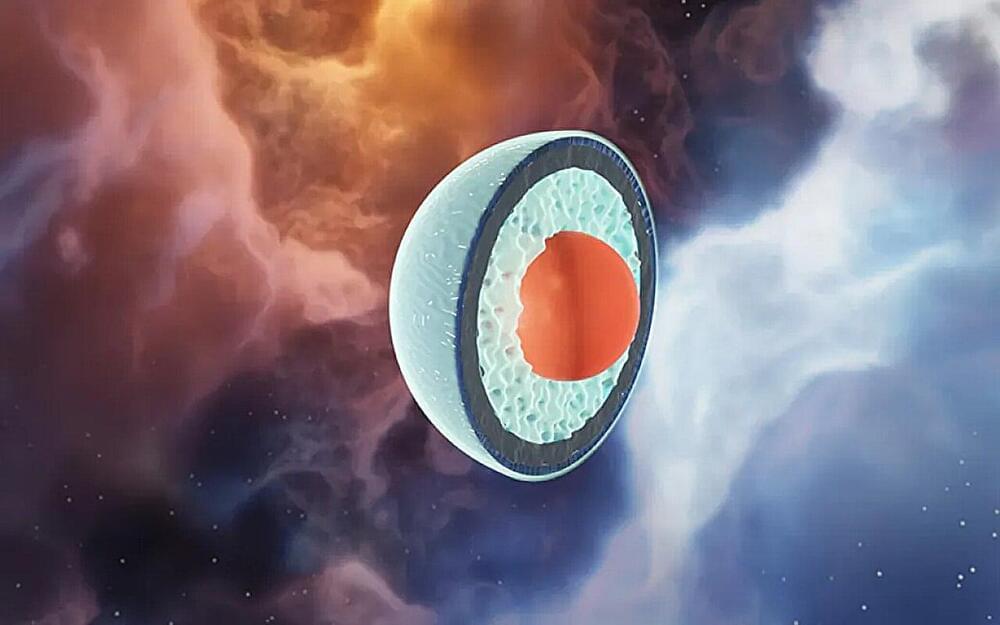A team of researchers from the ITACA Institute of the Universitat Politècnica de València (UPV) and the Research Institute of Chemical Technology, a joint center of the Spanish National Research Council (CSIC) and the UPV, has discovered a new method for the manufacture of metal nanocatalysts that is more sustainable and economical.
With great potential in the industrial sector, the method would contribute to the decarbonization of industry. The work has been published in the journal ACS Nano.
This new method is based on the exsolution process activated by microwave radiation. Exsolution is a method of generating metallic nanoparticles on the surface of ceramic materials. “At elevated temperatures and in a reducing atmosphere (usually hydrogen), metal atoms migrate from the structure of the material to its surface, forming metal nanoparticles anchored to the surface. This anchoring significantly increases the strength and stability of these nanoparticles, which positively impacts the efficiency of these catalysts,” explains Beatriz García Baños, a researcher in the Microwave Area of the ITACA Institute at the UPV.
